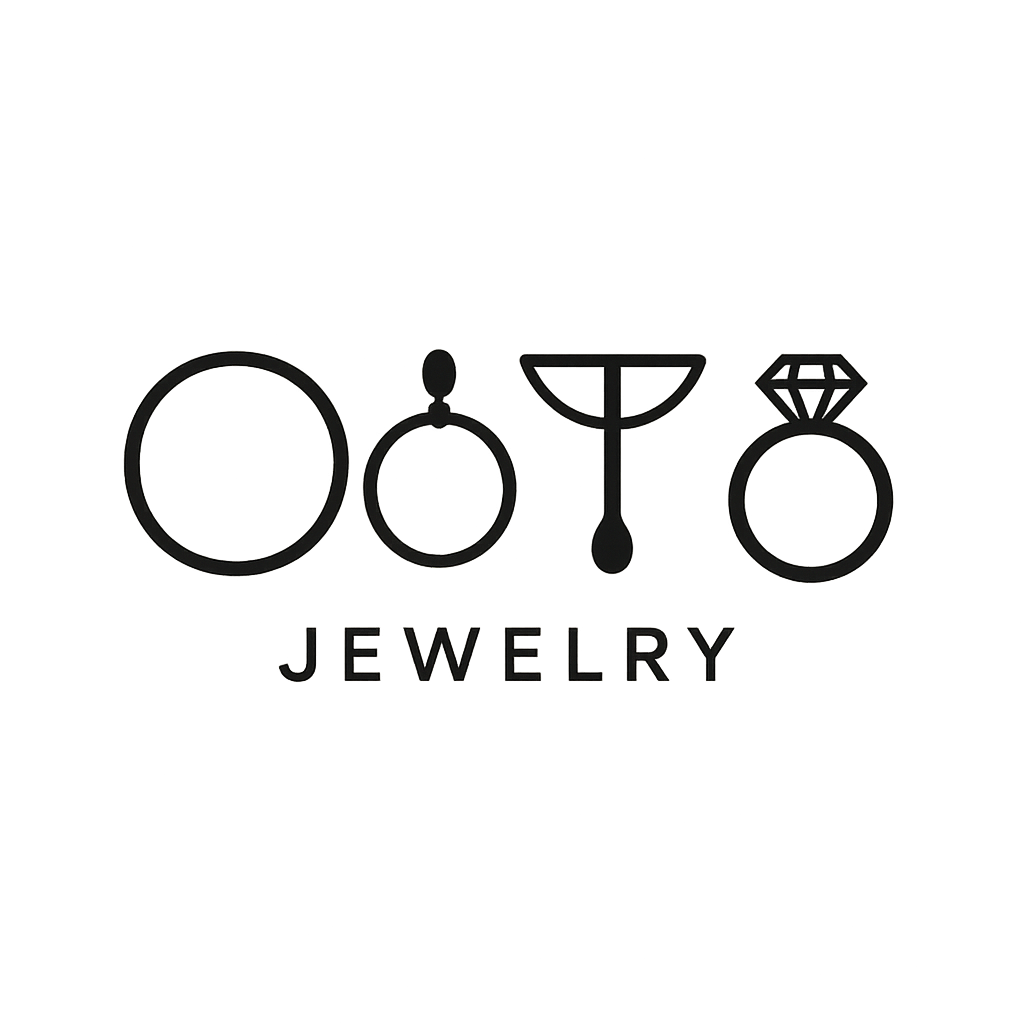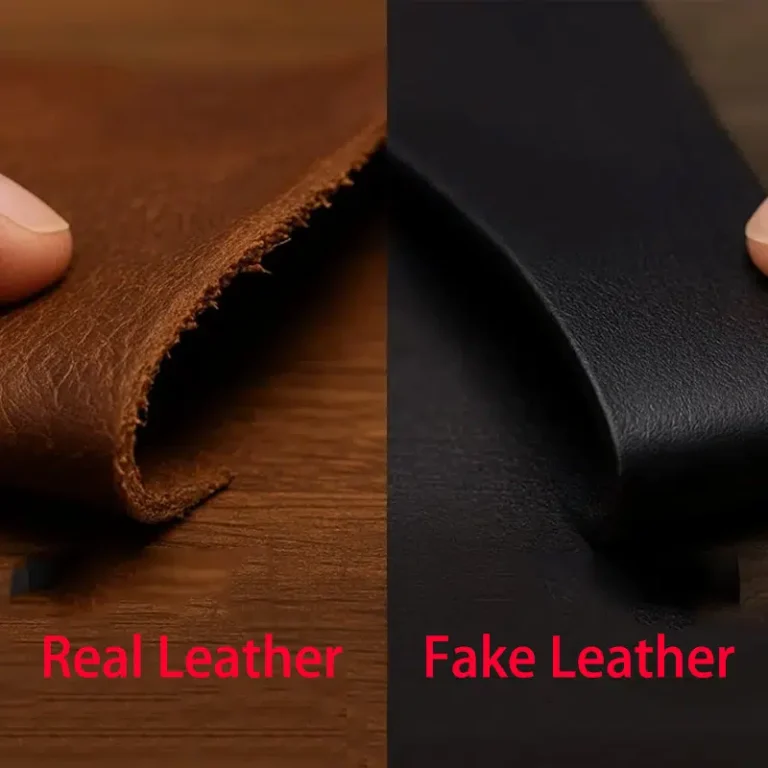Introduction
Leather bracelets look stylish and durable, but can leather bracelets get wet? This question often arises from men who wear leather accessories on a daily basis.
This guide will explain how water affects the various types of leather that are used and which ones withstand moisture better. It will also highlight the easy steps that can be taken to help keep your leather bracelet looking good for years.
What Happens When Leather Gets Wet
Water alters leather on a fiber level. When water comes into contact with leather, the fibers absorb it and swell. As the bracelet dries, the fibers stiffen. The natural oils that keep leather soft and pliable are removed during this process.
Repeated water contact leads to several problems:
- Stiffness – The bracelet is hard and uncomfortable.
- Color changes – Dark leather may fade or develop water stains.
- Cracking – Dry, brittle leather cracks along the stress points of the bracelet.
- Stretching – Wet leather is more pliable and may fit improperly.
The damage is not instantaneous (you won’t destroy your leather bracelet by swimming with it once), but if you wear it in the shower daily, take it to the gym or forget to take it off at the pool, it will significantly shorten its life. Heavy sweating during workouts has the same effect as getting the bracelet wet by direct means.
Different Types of Leather React Differently

Water does not affect all leather in the same way. Whether a bracelet will withstand moisture depends on the leather’s manufacturing process and what the leather is made of.
| Leather Type | Water Resistance | Key Characteristics |
| Genuine Leather | Low to Moderate | Absorbs water quickly, may develop stains, needs regular conditioning |
| PU (Synthetic) Leather | High | Doesn’t absorb moisture, wipes clean easily, more affordable |
| Microfiber Leather | Moderate to High | Dense fiber structure resists water better, feels soft, lasts longer |
| Suede/Nubuck | Very Low | Gets damaged easily by any moisture, hard to clean once wet |
At OOTB Jewelry, our plant in Guangzhou manufactures bracelets of leather treated and also of microfiber leather. These materials will wear better to moisture or for people that wear their braided leather bracelets every day. The close weave of the fibers in the microfiber leather will keep the water from soaking through as fast as with traditional genuine leather.
How to Protect Your Leather Bracelet from Water Damage
Simple habits to keep your bracelet looking great:
Take it off before water exposure:
- Remove it for showering, bathing or pool use.
- Do not wear it to the gym or for heavy workouts.
- Remove when washing dishes or doing wet work.
Dry it well if it gets wet:
- Immediately pat it gently with a soft cloth.
- Never use a blow dryer or put it near heat.
- Allow it to dry thoroughly in a cool place.
Condition leather:
- Put a little leather conditioner after it is dry.
- This replenishes oils removed by water.
- Do this every three months regardless of exposure to water.
Store it properly:
- Store in a dry, cool place.
- Do not leave it in humid bathrooms.
- Store away from direct sunlight.
Optional protection:
- Use a leather waterproofing spray designed for jewelry.
- This is helpful for those who sweat and/or live in humid areas.
- Re-apply every few months for best results.
By following these tips to care for your leather bracelet, you will spend only a minute or two yet add years of life to your bracelet.
Can You Make Leather Bracelets Water-Resistant?
Sprays and conditioners form a barrier to the elements on the leather. This barrier causes moisture to bead and run off rather than instantly soaking into the leather.
Treatment of leather does provide some moisture resistance to leather jewelry, but it is not completely waterproof. You still shouldn’t swim or shower with a treated leather bracelet.
This treatment does help with:
- Light rain exposure
- Accidental splashes
- Sweating from general daily wear
- Short contact with water
Stainless Steel + Leather: The Perfect Combination
Many manufacturers pair stainless steel with leather for good reasons. This combination solves several problems that pure leather bracelets face.
Metal resists corrosion. Stainless steel does not rust, and it is not eaten away even when moist. When the clasps, plates, or soles are made of metal, they are not affected by moisture.
Durability increases. The metal frame supports the leather. It does not allow it to become stretched too much and keeps it in shape over a long period of time. The steel anchors and metal plates equalize the stress to which the bracelet is subjected.
Style improves. The contrast of smooth metal and rugged leather gives the bracelet beauty. The fine steel reflects light, while the leather lends warmth and comfort against the skin.
Conclusion
While leather bracelets can withstand some moisture, frequent contact with water shortens their lives considerably. Water is absorbed into the leather and causes it to stiffen when drying and lose its oil.
Different leather types resist moisture at different levels. The synthetic and microfiber leathers are superior to genuine leather in resisting moisture. Take care of your leather bracelet by not exposing it to water, and conditioning it periodically, and the leather’s natural beauty will last you a considerable number of years.
Check out our leather bracelet collection featuring those made out of treated materials and stainless steel, designed for long wear.





